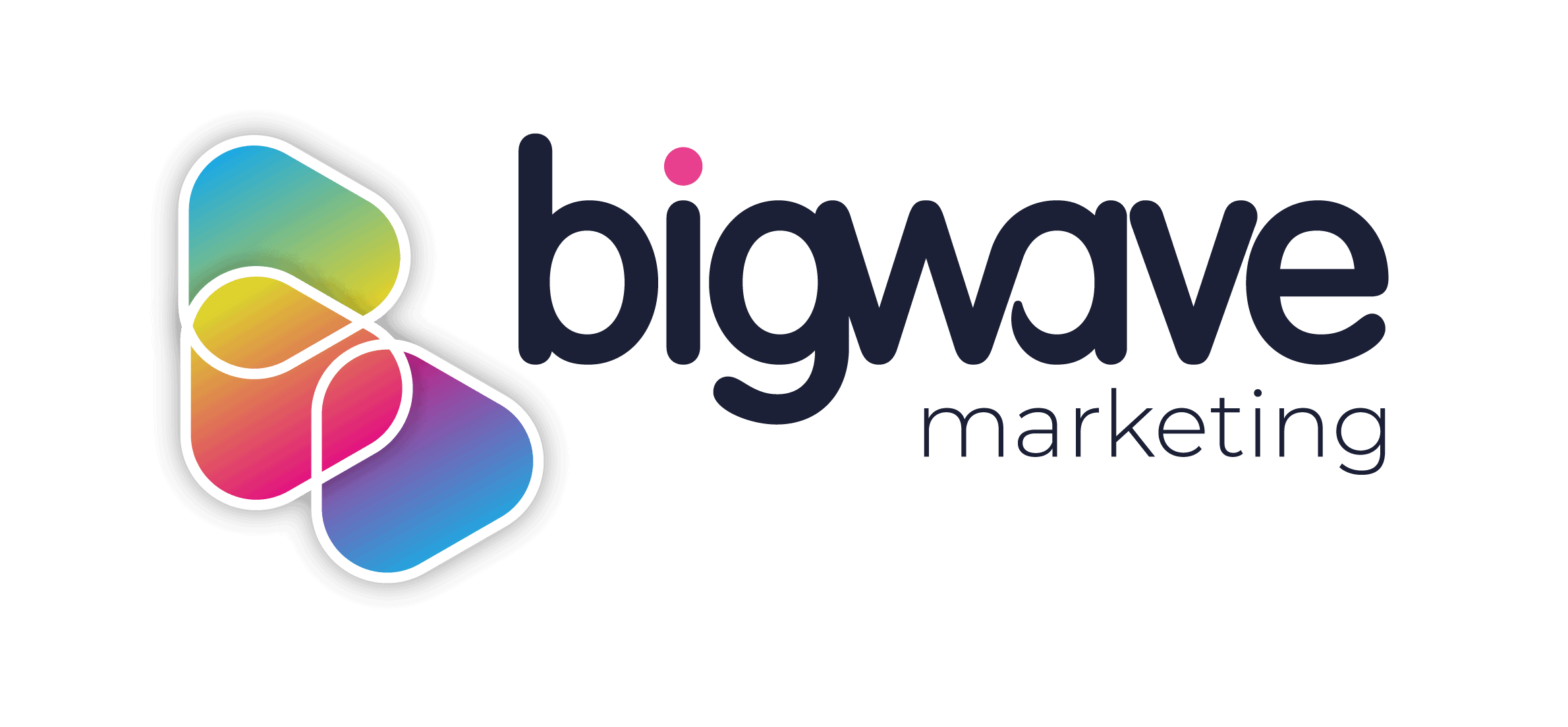A marketing campaign is a plan or strategy designed to achieve specific marketing goals or objectives. Typically, marketing campaigns are launched to promote a new product, service, or initiative, but they can also be used to raise awareness of an issue, generate leads, or boost sales.
In this blog, we look at the top hacks to help you set up and optimise your marketing campaigns so that you can attract the right customers.
What is optimisation in marketing?
Optimisation is the process of making a marketing campaign as effective as possible. This usually involves testing and tweaking different elements of the campaign to see what works best and then making adjustments accordingly.
Why is it important to optimise a marketing campaign?
There are many benefits to optimising marketing campaigns. By ensuring that campaigns are targeted and relevant to the audience, businesses can achieve a higher rate of engagement and conversions. Additionally, optimised marketing campaigns can save businesses time and money by avoiding wasted spend on ineffective marketing activities.
Bigwave’s Top Hacks for Campaign Optimisation
No matter what the objective of your marketing campaign may be, there are several key steps you can take to optimise it and increase your chances of success. By following these tips, you can ensure that your marketing campaign reaches its target audience and achieves the desired results.
- Define your goals and objectives
Before launching any marketing campaign, it is essential to first define what you hope to achieve. What are your goals and objectives? What are your targets? Once you have a clear understanding of what you want to achieve, you can develop a plan and strategy that is designed to help you reach these goals.
-
Identify your target audience
Who do you want to reach with your marketing campaign? It is important to identify your target audience and tailor your marketing materials accordingly. Consider factors such as age, gender, location, interests, and needs when developing your marketing campaign. By targeting your marketing efforts, you are more likely to reach those who are most likely to be interested in what you have to offer.
-
Define your target audience and marketing goals
Before you launch a marketing campaign, it’s important to have a clear understanding of who your target audience is and what you hope to achieve. This will help you determine the best marketing channels to reach them, the type of messaging that will resonate and the overall tone of your campaign.
-
Develop a strong value proposition
Your marketing campaigns should always communicate a strong value proposition that resonates with your target audience. What can you offer that will solve their problems or meet their needs? Make sure your value proposition is clear and easy to understand so that potential customers can quickly see how your product or service can benefit them.
-
Segment your audience
Instead of treating all potential customers the same, segment them into groups based on factors like demographics, interests, or behavioural data. This will allow you to create more targeted and personalised marketing campaigns that are more likely to resonate with each individual segment.
-
Carry out A/B testing
A/B testing can be extremely helpful in optimising your marketing campaigns. A/B testing allows you to test different versions of your marketing campaign to see which one is the most effective at achieving your desired results.
-
Monitor your campaign’s performance
Once your marketing campaign is up and running, it’s important to monitor its performance closely. Keep track of key metrics like reach, engagement, and conversion rates so that you can identify areas for improvement. Regularly reviewing your campaign’s performance will help you make adjustments as needed to maximise its effectiveness.
-
Use landing pages
A well-designed landing page can be a powerful tool for marketing campaigns. Landing pages are designed to capture leads by providing relevant and valuable information in exchange for contact details. Make sure your landing pages are optimised for conversion by including a strong call-to-action, persuasive language, and a clear value proposition.
-
Don’t forget about your mobile users
In today’s world, it’s important to consider the needs of mobile users when planning marketing campaigns. More and more people are using their smartphones and tablets to access the internet, so it’s essential that your marketing materials are optimised for mobile. This includes making sure your website is responsive, your emails can be read on a small screen, and your ads are properly formatted for mobile devices.
-
Test and measure your results
It’s important to test your marketing campaigns before you roll them out and then track the results afterwards so that you can fine-tune your approach. Try different strategies and tactics and see what works best for your business. Regularly measuring your results will help you optimise your marketing campaigns over time and get the most ROI from your efforts.
-
Focus on conversions, not leads
While it’s important to generate leads, your ultimate goal should be to convert those leads into paying customers. Make sure your marketing campaigns are focused on driving conversions by providing relevant and valuable information that speaks to the needs of your target audience. Use strong calls-to-action and lead capture forms to encourage conversions and track your progress so that you can continually optimise your campaigns.
-
Create multi-channel ad campaigns
Don’t rely on a single marketing channel to reach your target audience. Instead, create multi-channel ad campaigns that use a combination of channels like email, social media, paid ads, and content marketing. This will help you reach more people and maximise the impact of your marketing campaigns.
-
Create an ad strategy that corresponds to your buyer’s journey
Your marketing campaigns should be aligned with your ideal buyer’s journey. Map out each stage of their journey and create marketing materials that correspond to each stage. This will ensure that your campaigns are relevant and valuable at every step of the process.
By following these tips, you can optimise your marketing campaigns to attract more customers and get better results. By taking the time to segment your audience, develop a strong value proposition and focus on conversions, you’ll be well on your way to success. So, what are you waiting for? Get started today!
If you need any help, simply get in touch with Bigwave Marketing for the best results.

